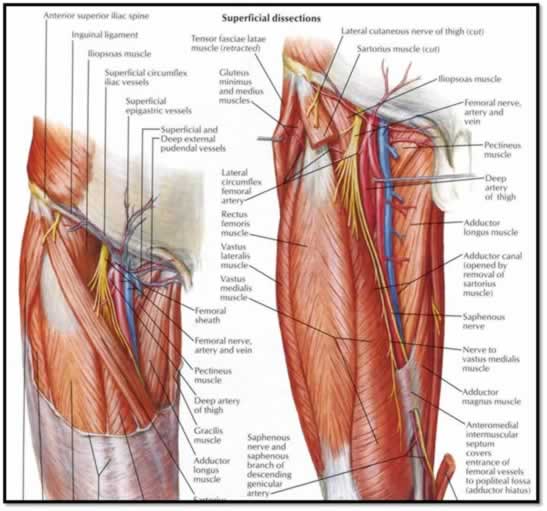- Home
- Applicants
- Residents
-
Faculty
- Administrative
- Amion
- E-Value
- Grand Rounds Sched
- Residency Policies
- Rotation Guide
- Resident Schedules
- ANW Phonebook
- Clinical
- IMBUS
- Faculty Journal Club
- ANW Toolset
- Students
- Contact


